Why You 'Wear Your Heart on Your Sleeve' and Other Little-Known Valentine's Day Facts
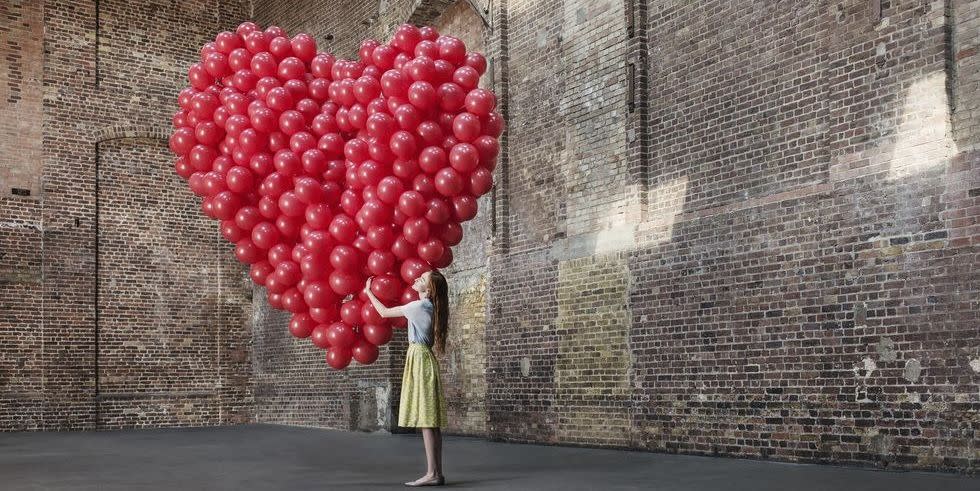
"Hearst Magazines and Yahoo may earn commission or revenue on some items through these links."
Valentine’s Day is almost here, and you know what that means: Valentine’s Day gift shopping, date planning, romantic dinner cooking, and lots of heart-themed crafting. Amid the hustle and bustle in the name of love, you may be wondering, why exactly do we celebrate Valentine’s Day, anyway?
Time to take a break from your February 14 to-do list and check out some fun Valentine’s Day facts and traditions instead, including the history of the holiday. (Though if the kids are asking, you might want to give them the G-rated version. Those Romans!)
Get the real story behind some of the most popular Valentine’s Day treats, learn why this holiday is for the birds, and find out what any of this has to do with a saint. You might even find yourself inspired by the crafty ingenuity of the barely twentysomething entrepreneur who made an indelible mark on the American greeting card industry (in which case, you've got to check out these DIY Valentine's Day card ideas next).
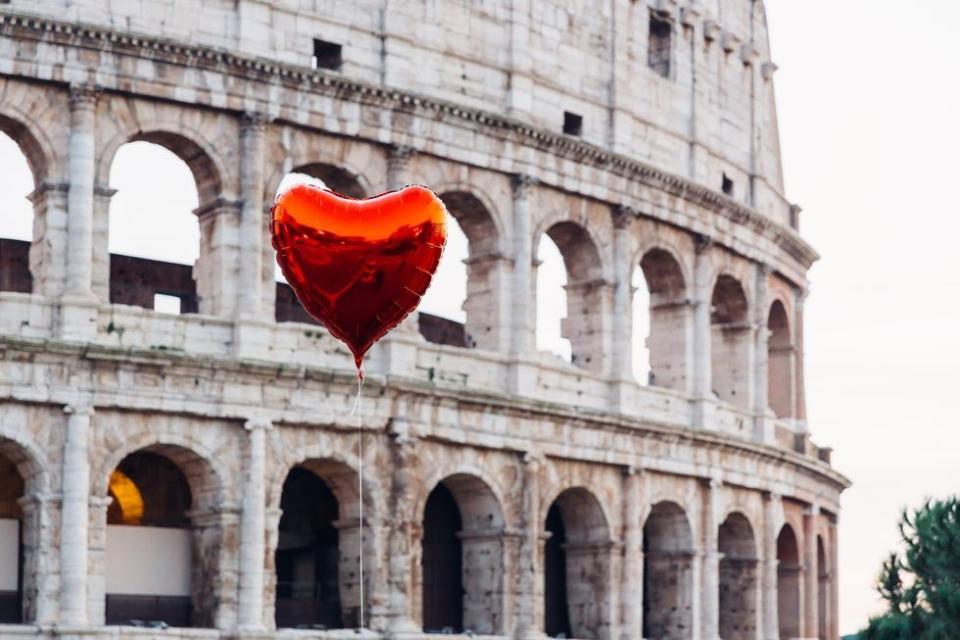
1. A Roman fertility festival was the holiday's precursor.
It may be difficult to believe given how innocuous the holiday is nowadays, but the roots of Valentine's Day stem from a bloody pagan fertility festival dating back to 6th century B.C. Every year, between February 13 and 15, Romans celebrated Lupercalia by sacrificing animals and slapping women with their hides, which was believed to make them more fertile. Later, notes Britannica.com, the women would be paired off with men "by lottery." Definitely not the most romantic way to find an S.O.
2. There was more than one St. Valentine.
History tells us that Pope Gelasius I outlawed Lupercalia at the end of the 5th century and instituted St. Valentine's Day on February 14. But who was the holiday's patron saint?
Most sources point to one of two men of the same name: a third-century Roman priest who defied (and was martyred by) Claudius II Gothicus, or another priest of the same time period but who hailed from a town about 60 miles away in what is modern-day Terni, Italy (he was also martyred by Claudius II). To further muddy the waters, some contend these two Valentines were the same person, while the Catholic Education Resource Center points to early martyrologies for three St. Valentines, all sharing a feast day on February 14.
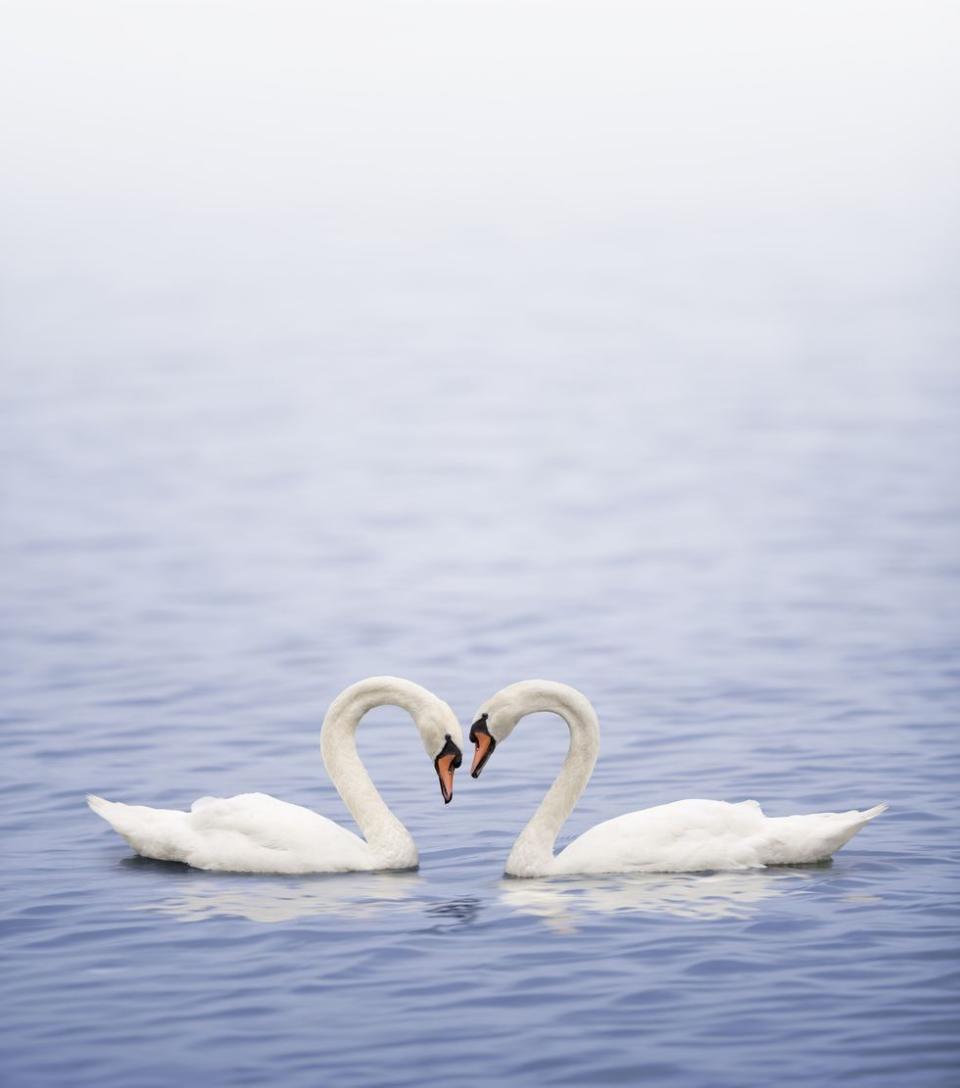
3. Valentine's Day wasn't romantic until the Middle Ages.
And we have birds and Chaucer to thank. In medieval times, it was common wisdom that birds began mating in mid-February, specifically on the 14th, aka St. Valentine's Day. According to The Folklore Society, people in those days tended to refer to dates by the saint designated on that day by the Church's calendar (there were no printed calendars and names were easier to remember than numbers). Through this happenstance, Valentine's Day became associated with making like a bird and pairing off.
This notion is the theme of one of the earliest Valentine's Day poems associating the day with romantic love and marriage, “Parliament of Fowls,” penned by Chaucer in 1381: "For this was on Saint Valentine’s day, / When every fowl comes there his mate to take," goes one of the verses. The late scholar Jack B. Oruch, a University of Kansas English professor, determined that Chaucer was the first to link St. Valentine's Day and romance, which, Oruch theorized, made the poet the originator of the romantic holiday we celebrate today. Regardless of whether Chaucer can take full credit, he certainly popularized the idea.
4. The earliest known valentine has a sad love story behind it.
The very first valentine is said to have been a poem sent in 1415 by Charles, Duke of Orleans, to his wife. Imprisoned in the Tower of London after his capture at Battle of Agincourt, he wrote, "I am already sick of love, My very gentle Valentine." Unfortunately, it would be 20 more long years until the 21-year-old would be released from his cell.

5. Wearing your heart on your sleeve was a real thing.
But not in a grisly sort of way. Back in the Middle Ages, during a festival honoring the goddess Juno, Roman men would draw the names of women they would be partnered with for the following year. (Remember, Emperor Claudius II didn't condone marriage, only temporary couplings.) According to Smithsonian.com, they would then show off the name of their intended by wearing it on their sleeves for the rest of the celebration.
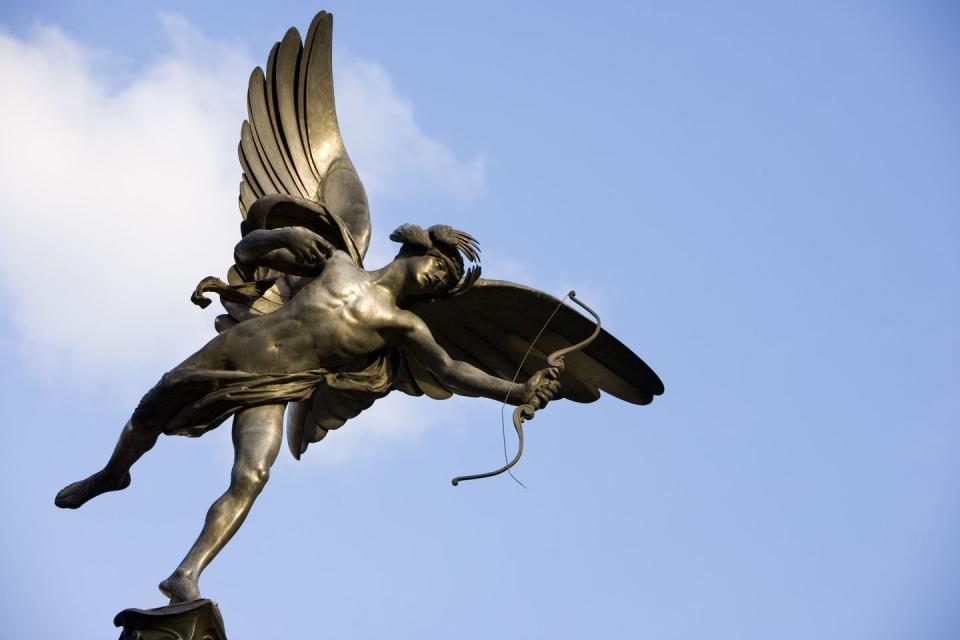
6. Cupid was a Greek god.
Literally. Yep, that cute little chubby baby with the bow and arrow we associate with Valentine's Day started out way back in 700 B.C. as the Greeks' handsome, virile god, Eros. Able to make mortals fall in love (or hate) with his magical arrows, he was remade into Cupid by the Romans around 4th century BCE. But, as Time.com reports, it wasn't until the turn of the 19th century that Cupid became the face of Valentine's Day for his "love-creating abilities."

7. A young grad's valentine startup shaped the American greeting card industry.
As celebrating Valentine's Day became more popular, people began giving out little handwritten notes and other love tokens. By the early 1700s this practice had likely reached America, but mass-produced valentines didn't become widely embraced in the States until the mid-1800s when "Mother of the American Valentine" Esther A. Howland, daughter to a Massachusetts stationer and a recent graduate of Mount Holyoke Female Seminary, changed the game.
Inspired by English valentines, her cards, lovingly made with real lace and ribbons, were sentimental and sweet and an immediate hit on the commercial market. However, what made her business idea viable was her home-based assembly line setup, which dropped the price of an elaborate handmade valentine from about a dollar (expensive in those days) to a budget-friendly five cents, according to the Library of Congress's Inside Adams blog. You might say Esther's keen business sense and charmingly affordable cards won America's heart.
8. A jaw-dropping 145 million Valentine's Day cards are given each year.
And that doesn't even include the little tear-apart cards kids stuff into their classmates' valentine boxes at school. This number makes Valentine's Day the second most popular card-giving holiday, right behind Christmas, according to Hallmark—which by the way was founded by another young entrepreneur, 18-year-old J.C. Hall in 1910.
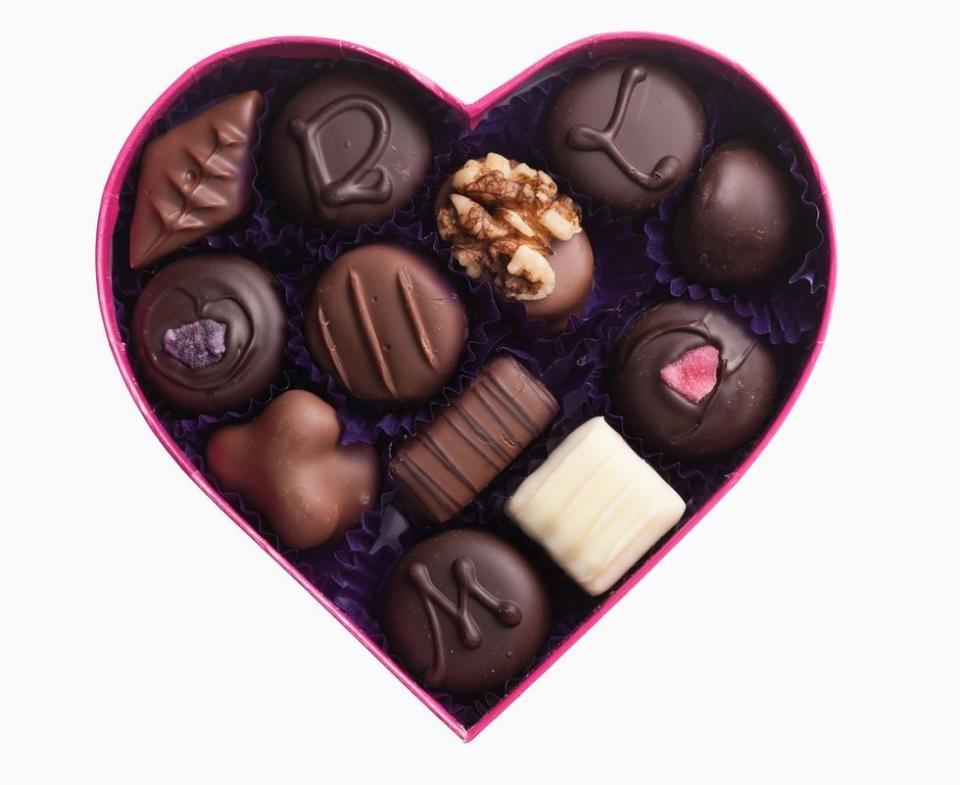
9. Valentine's Day chocolate was a stroke of marketing genius.
Next time you open a beautiful heart-shaped box of chocolates on February 14, you can thank Richard Cadbury. The son of the manufacturer of Cadbury Chocolate, he created the first known heart-shaped box of chocolates in an effort to drive up sales for the family business. From that first Valentine's Day box sold in 1861 grew an industry that now counts some 36 million heart-shaped boxes of chocolate sold annually.

10. Conversation hearts had humble beginnings.
The iconic little candy hearts emblazoned with Valentine's Day messages were first created by a machine initially invented to make medical lozenges. But it wasn't long before the Boston-based pharmacist who originated the gadget's design decided to switch from making cough drops to crafting candy wafers, rebranding his company as New England Confectionery Company, or Necco.
By 1866, Necco was producing candy printed with messages that included "Married in white you have chosen right" and "How long shall I have to wait? Please be considerate." Thirty-five years later, that candy took on the familiar heart shape we know and love today. Every day, some 100,000 pounds of the chalky, talkative little candies, which have a shelf life of five years, are made. That adds up to a whopping eight billion conversation hearts annually.

11. The Victorians began the trend of giving flowers for Valentine's Day.
Red roses as a symbol of romance dates back to ancient Rome—it was the favorite posy of Venus, the Roman goddess of love (and Cupid's mom). But it wasn't until the the Victorian era that men really began giving the flower to women they were wooing.
Related: 12 Popular Rose Color Meanings
12. Valentine's Day is florists' busiest day of the year.
That's according to the Society of American Florists, putting the holiday ahead of even Christmas/Chanukah and Mother's Day in terms of number of purchases. Most of those flowers are (you guessed it) roses. About 250 million roses are grown for Valentine’s Day, and more than half are red.

13. Valentine's Day is no longer a religious feast day.
In 1969, the feast day was removed from the Christian liturgical calendar due to how little was known about the patron saint(s). However, St. Valentine remains the patron saint of love, engaged couples, and happy marriages, as well as beekeepers, epilepsy, fainting, greetings, travelers, and young people. The devout can still feast in the secular sense on Valentine's Day, unless Ash Wednesday happens to fall on February 14.
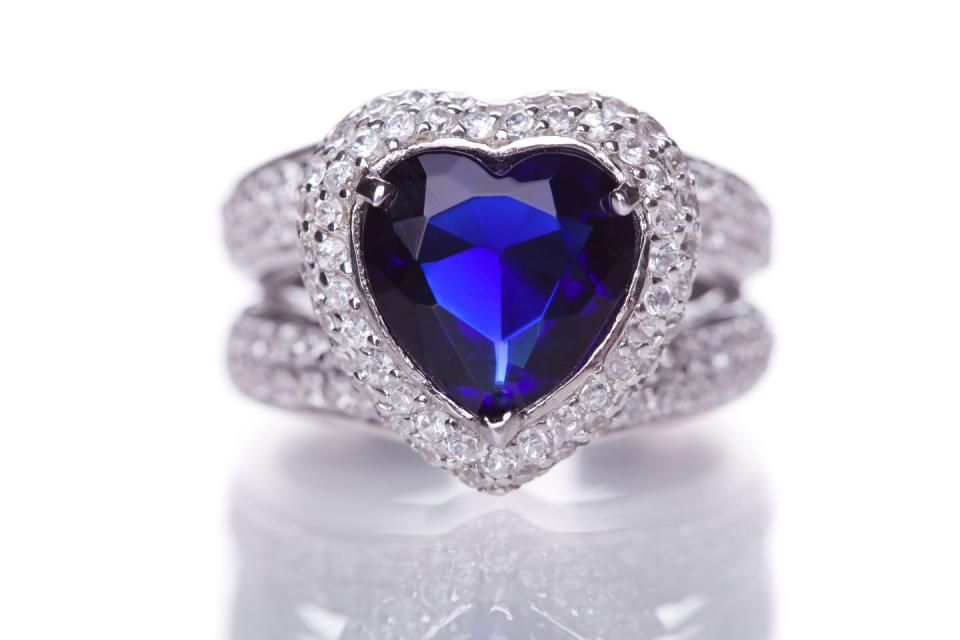
14. Valentine's Day is expensive.
At least if you go by statistics released by the National Retail Federation, which found that Americans spent more than $23.9 billion (about 175 smackers per consumer) on the holiday in 2022. Much of that money goes toward jewelry (an estimated $6.2 billion!) and that includes a whole lot of diamond rings. As many as six million couples get engaged on Valentine's Day.
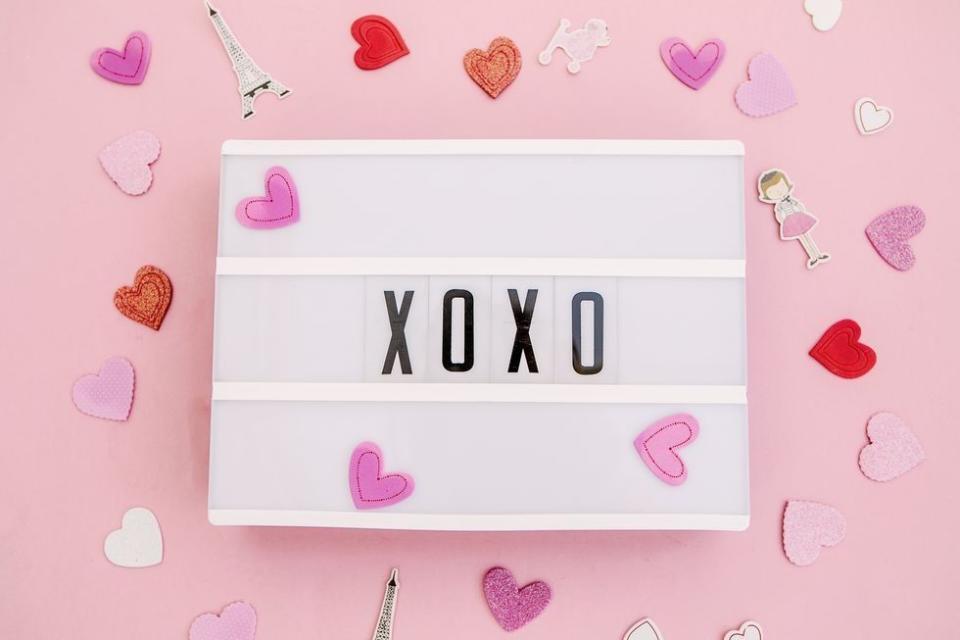
15. "X" really did mark the spot.
Ever wondered how X's and O's came to mean kisses and hugs? It seems that back in the Middle Ages, when people were mostly illiterate, documents were signed with a simple X. It's believed that this symbol represented Christ on the cross, which in turn meant faith and fidelity. As a show of devotion, people would then kiss the X, and thus, over the centuries, X evolved into a smooch. It's not known how O came to signify a hug, but some suppose it was simply because, like X, it was also easy to write.

16. Valentine's Day isn't just for romance.
If you find yourself without a sweetheart on the most romantic day of the year, don't fret. You can always commemorate it with your four-legged love, like the more than 72 million American adults that bought Valentine's Day gifts for their doggos and kitties in 2021. That adds up to an estimated $2.14 billion worth of Valentine's gifts for pets alone.
You can also celebrate with friends. Presents for buddies accounts for 7 percent of Valentine's Day spending, according to the National Retail Federation. And speaking of friendship…
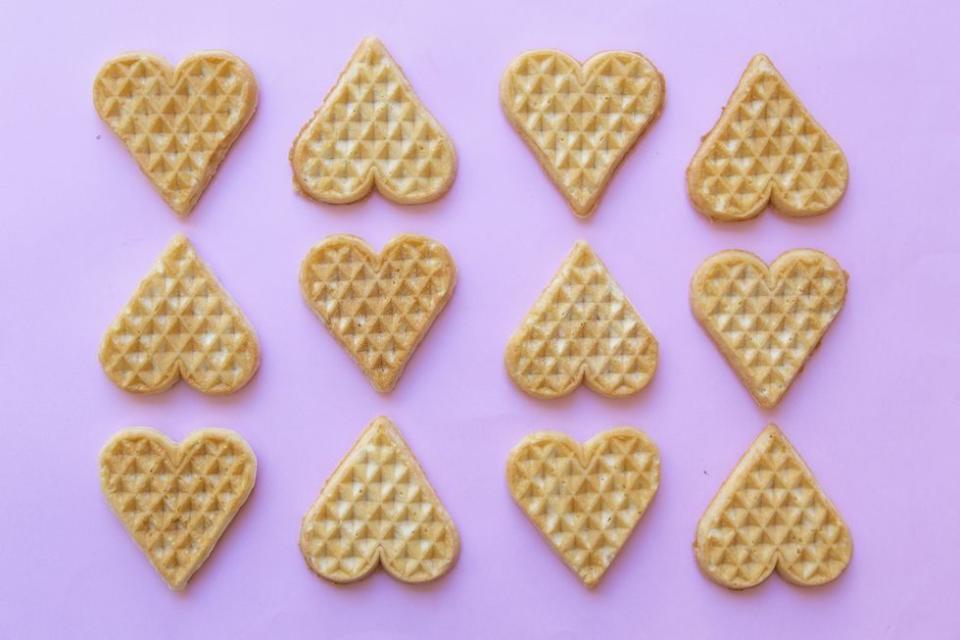
17. Galentine's Day is a real thing.
If brunching with your best gal pals is your favorite part of Valentine's Day, you might even move your festivities to February 13 for Galentine's Day. This new holiday owes its existence to a 2010 episode of television's hit sitcom, Parks and Recreation, but it's quickly become a tradition in its own right complete with Galentine's Day gifts. As Leslie Knope says, "We need to remember what’s important in life: friends, waffles, work. Or waffles, friends, work. Doesn’t matter, but work is third."
You Might Also Like

